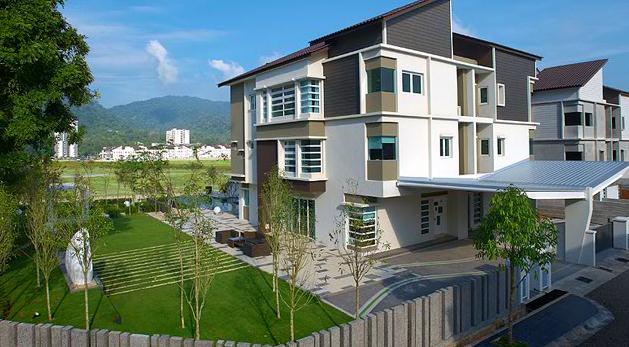Malaysia to allocate land for affordable homes
THE government will allocate a portion of its landbank for the construction of affordable housing, especially for Malaysians eligible for the My First Home Scheme.
Housing and Local Government Minister Datuk Chor Chee Heung said the affordable housing project, which will likely be stratified properties or apartments, will either be built by the government or through joint ventures with the private sector.
"The government is looking at its landbank for the purpose of building houses for those earning RM3,000 a month and below.
"We also hope that the state governments will do their part by imposing quotas for developers to build affordable homes, besides low-cost houses," he told a news conference after launching Green Building Index Township Rating Tool and Residential New Construction Tool (Version 2) in Kuala Lumpur yesterday.
Chor also said that the government will start paying some RM1.4 billion annually to Alam Flora Sdn Bhd, SWM Environment Sdn Bhd and Idaman Bersih Sdn Bhd once the concession agreement is signed between the government and the three waste management companies.
He said local councils in Peninsular Malaysia will collect some RM900 million from households for waste management services provided by these concessionaires, while the federal government will top up about RM500 million.
Once the concession is signed, he said, the three operators must perform their duties according to the agreement and key performance indicators.
Chor said the operators will also be able to deliver better services as they can use the concession agreement as collateral to obtain financing for capital expenditure.
He said for the past 13 years, the three operators have been utilising their own resources in providing the services, besides not receiving full payment from the state governments.
"We are currently studying the intricacies of the contract, which will take between three and four weeks. Then, we will submit it to the Cabinet, before it is submitted to the National Council for Local Government," he said.
The minister, however, did not give the targeted date for the signing of the concession agreement.
Currently, Alam Flora is responsible for Selangor, Kuala Lumpur, Pahang, Terengganu and Kelantan; SWN for Negri Sembilan, Malacca and Johor; and Idaman for Perak, Kedah, Penang and Perlis.
Commenting on the statement made by Penang Chief Minister Lim Guan Eng to allow the state government to opt out of the Solid Waste and Urban Cleansing Management Act and choose its own contractor for the services, Chor said: "Let time convince those state governments that do not agree."
It is understood that there are three states that have yet to accept the taking over of solid waste services by the government-appointed concessionaires.
SOURCE: Business Times

